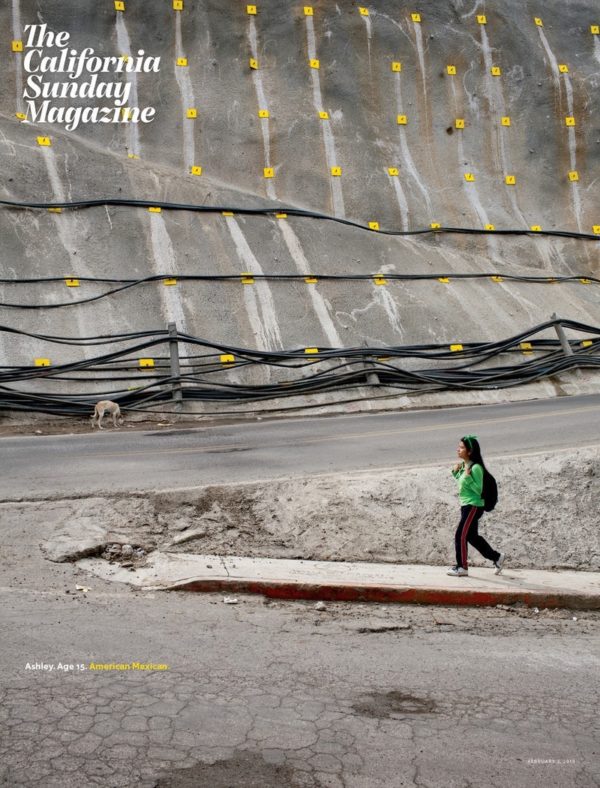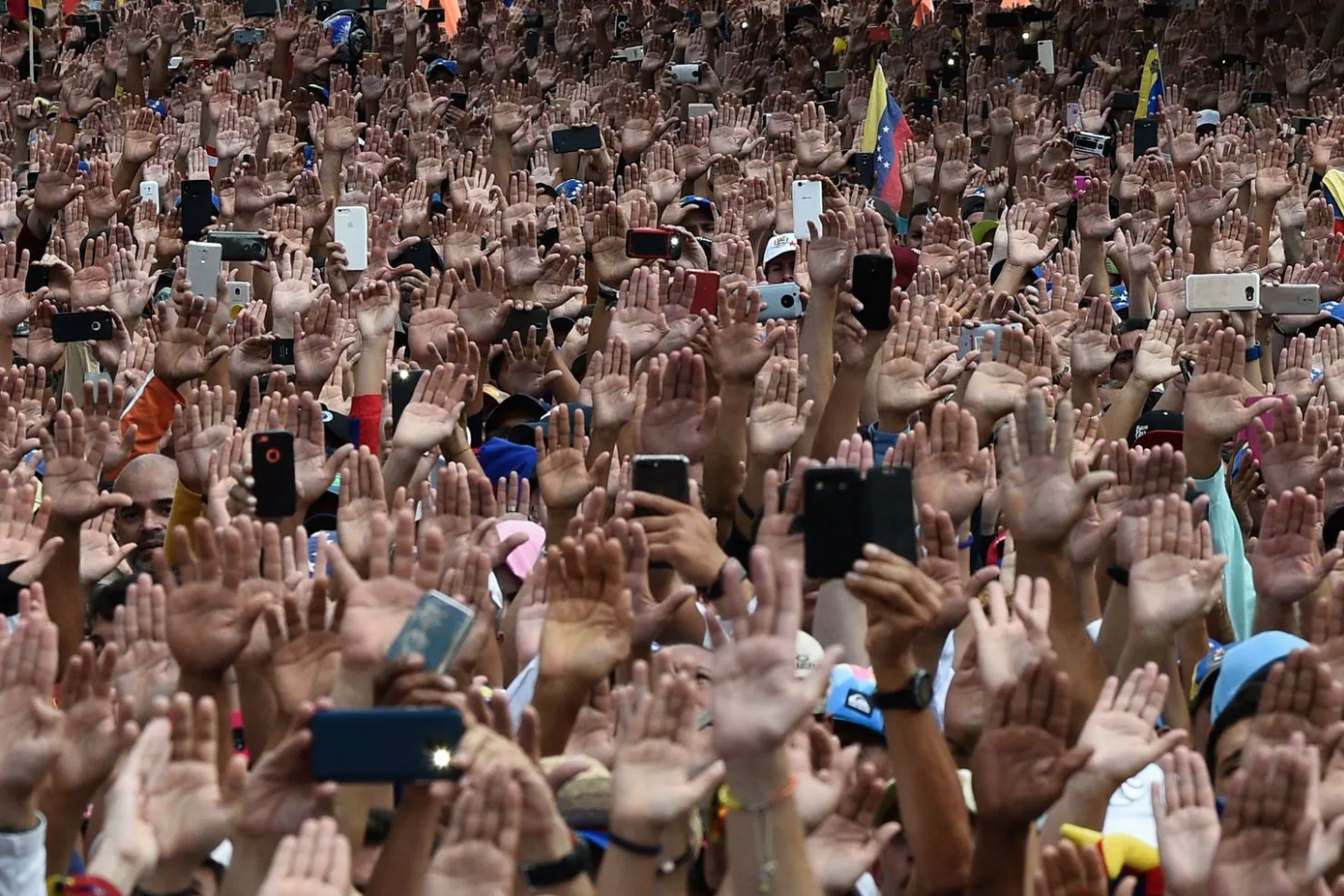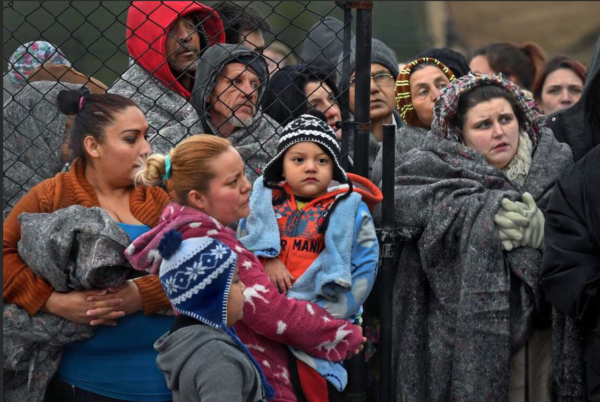Notes
Mexican American, American Mexican

The magazine cover survives in a digital age because no other genre rivals its gorgeous confluence of story, design, and elegant branding. Increasingly fetishized as a luxury good, magazines now compete for readers who are more accustomed to visual risk-taking and interpretive imagery. Since its launch in 2014, The California Sunday Magazine has exemplified this trend. Nearly every issue features thoughtful, original photographs that sharpen the stories they illustrate even as they could stand alone as beautiful works of art.
Livia Corona Benjamin’s photograph on the cover of February’s edition of the Magazine is no exception. It accompanies a story about children of undocumented immigrants who, even though they are by law US citizens, are still forced to “return” to a place they have never been. Many never have set foot in Mexico. With no fluency in Spanish, they have to figure out how to integrate into a social and education system plagued by scant resources and little inclination to provide for their needs. Their challenges are heartbreaking, but also hard to imagine. Benjamin’s photograph contemplates the foreign reality faced by “de facto deportees,” and helps us to visualize the controversial practice of “reimigration” that sends thousands of American schoolchildren on a permanent semester abroad.
The Magazine’s cover photograph shows Ashley Mantilla walking home from school in rural Mexico State, but it functions as a psychological portrait of a fifteen year-old surrounded by hard realities. Lacerated by power lines, crumbling roads, and a vast sense of emptiness, the photograph is a disorienting reminder of the immigrant’s encounter with physical barriers. That grid of yellow studs, with tails running down on a wave of looming concrete, engulfs the child in the harsh infrastructure of a developing country. It is a dreary place where urban arteries cut across a dogged terrain, and where children like Ashley find themselves in a bleak new world. This may be where the sidewalk ends, but she presses on anyway.
Ashley is a casualty of an aggressive curb on immigration and also a symbol of its severity. American or Mexican, or “American Mexican,” she is part of a growing demographic of young people whose future has been put on hold as they are caught between a political divide.


Reactions
Comments Powered by Disqus